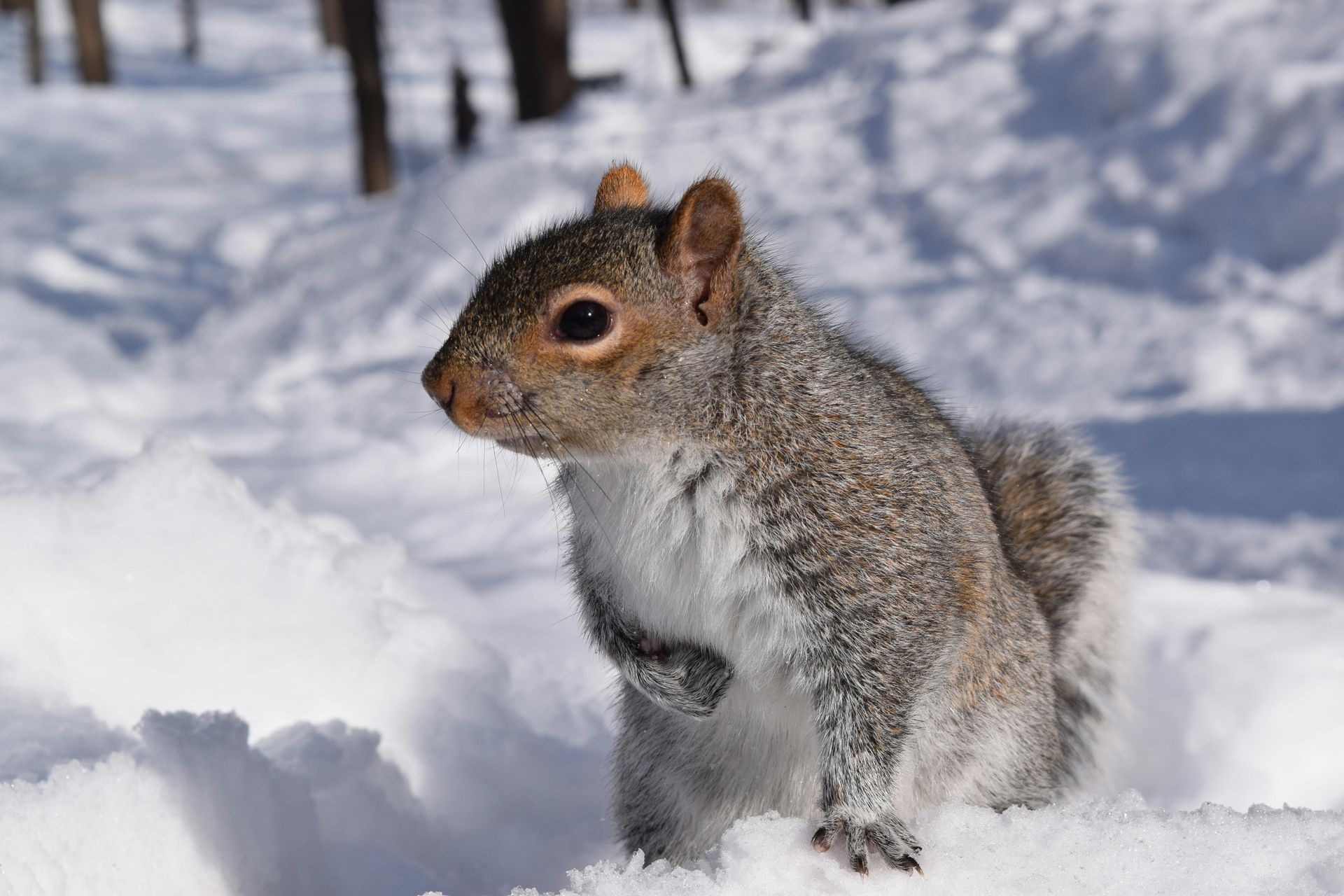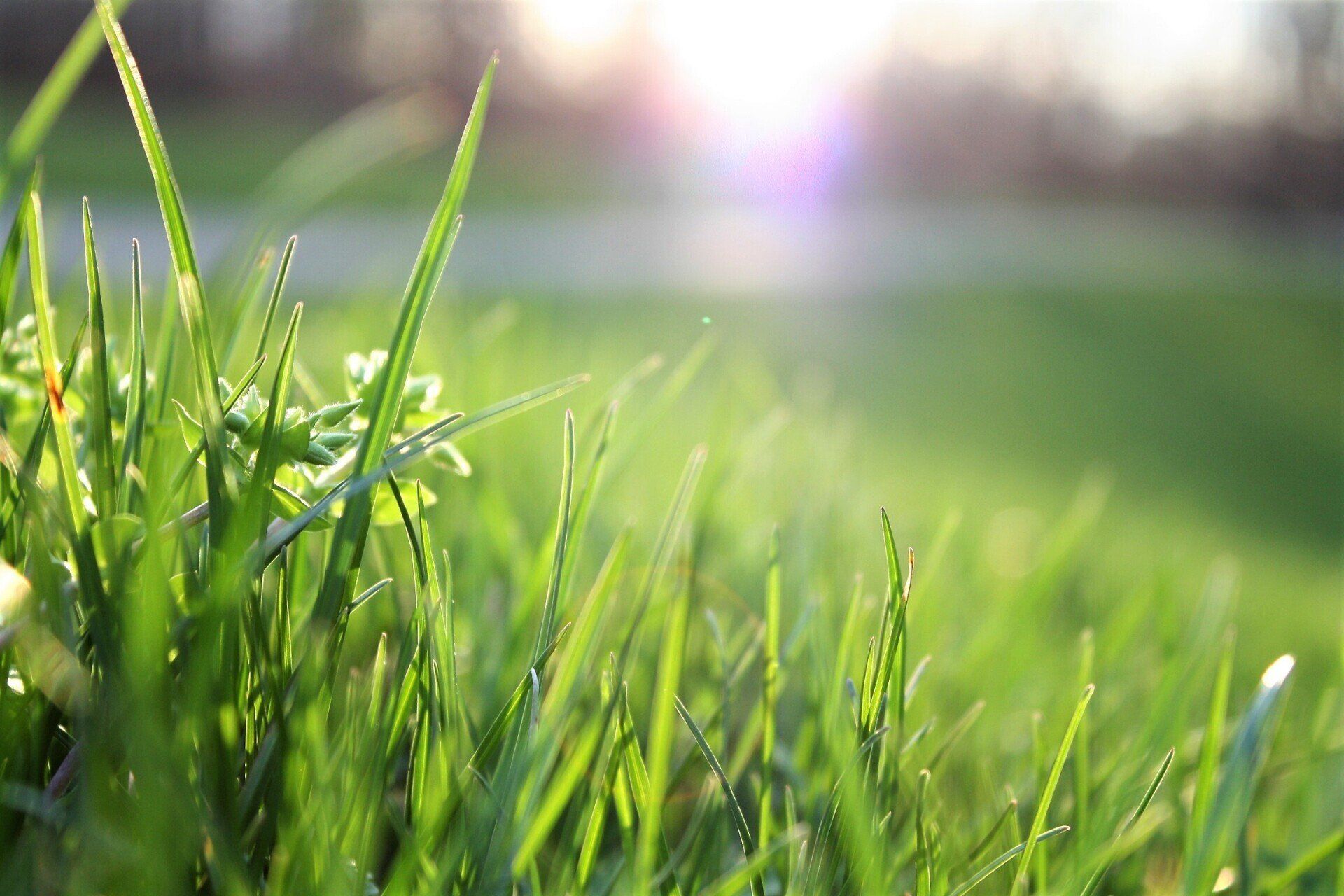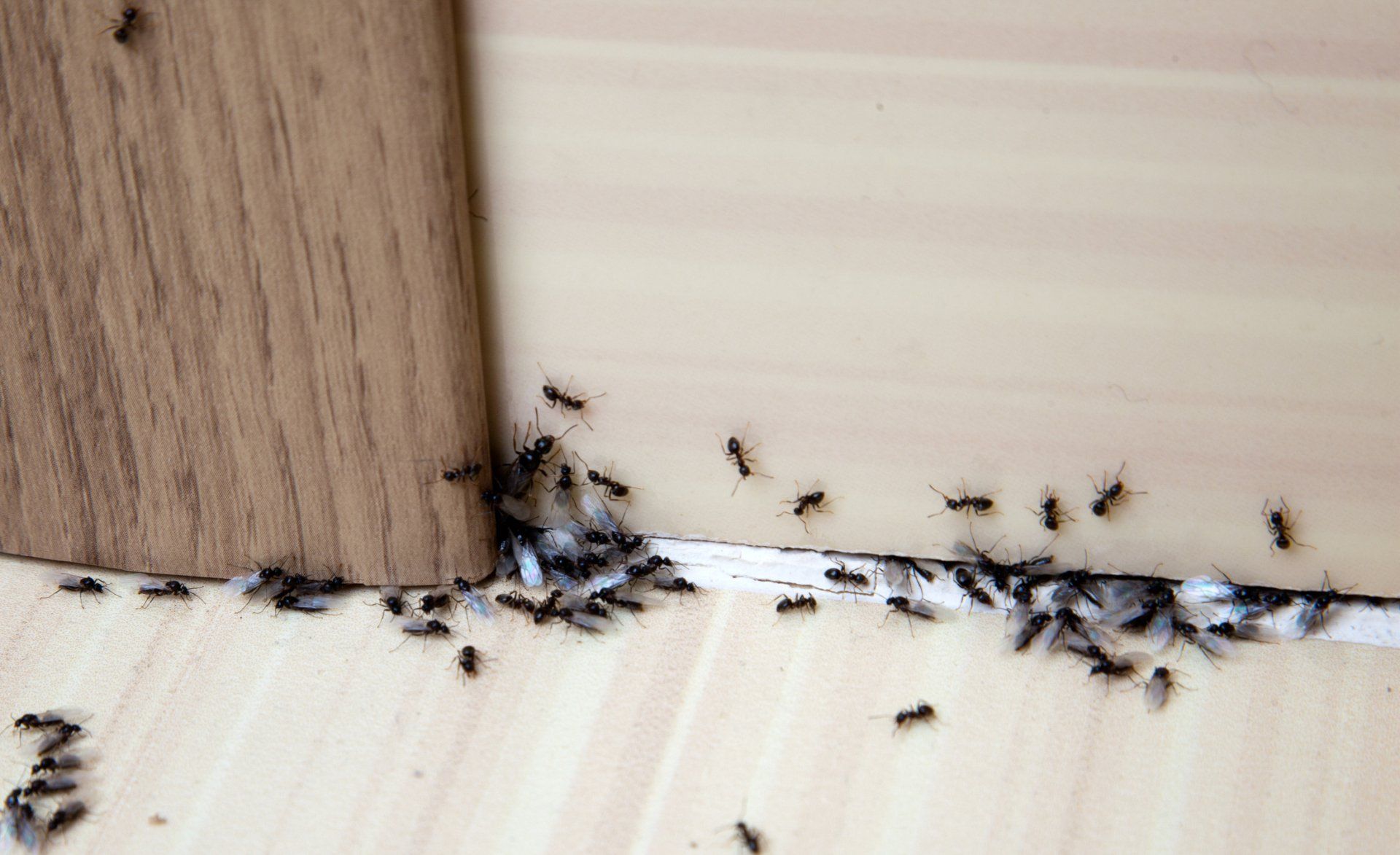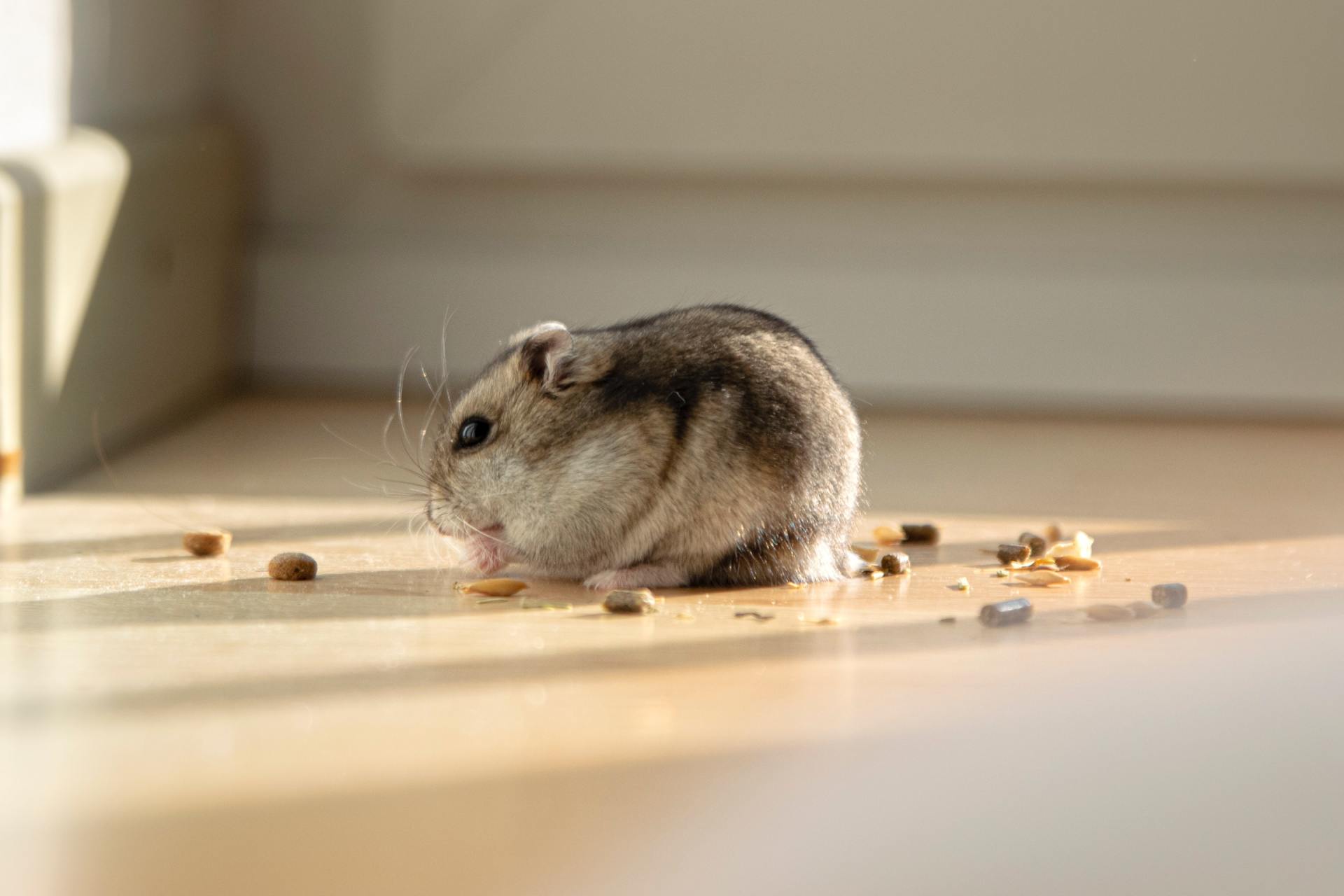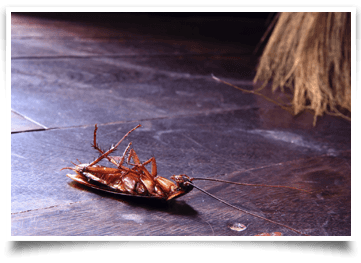Why Termite Prevention Should Be a Year-Round Priority in Texas
When it comes to termites, Texas homeowners face a persistent threat that never takes a break. While many people associate termite activity with warmer months, these destructive insects remain active throughout the year in the Lone Star State's mild climate. Understanding why termite prevention requires consistent attention can save property owners thousands of dollars in structural damage and costly repairs.
The warm, humid conditions that characterize much of Texas create an ideal environment for several termite species. Unlike regions with harsh winters that force termites into dormancy, Texas temperatures rarely drop low enough to halt termite activity entirely. This means your home remains vulnerable to invasion and damage regardless of the season.
Implementing a comprehensive, year-round termite prevention strategy protects your investment and provides peace of mind. Property damage from termites often goes unnoticed until significant structural harm has occurred, making prevention far more cost-effective than treatment after an infestation has taken hold.
Understanding Texas Termite Species and Their Activity Patterns
Texas hosts multiple termite species, each with distinct behavioral patterns that contribute to year-round activity. Subterranean termites, the most common type in the state, build extensive underground colonies that remain active even during cooler months. These colonies can house hundreds of thousands of termites that continuously search for cellulose-rich materials like wood, paper, and plant matter.
Drywood termites present another significant concern for Texas homeowners. These insects establish colonies directly within the wood structures of homes, eliminating their need for soil contact. Drywood termites can remain active throughout the winter months, quietly consuming wooden beams, flooring, and furniture from within.
Formosan termites, sometimes called "super termites," have established populations in parts of Texas. These aggressive insects build larger colonies and cause damage more rapidly than native species. Their activity peaks during warm months but continues at reduced levels throughout winter.
The reproductive cycles of Texas termites also support year-round prevention efforts. Swarming events, when reproductive termites leave established colonies to start new ones, occur at different times for different species. Subterranean termites typically swarm in spring, while drywood termites may swarm during late summer and fall months.
Seasonal Termite Prevention Strategies for Texas Homes
Spring
Spring termite prevention focuses on addressing the increased activity levels that accompany warmer weather. This season marks peak swarming time for many termite species, making it crucial to eliminate potential nesting sites around your property. Remove dead wood, tree stumps, and excessive mulch that could attract swarming termites seeking new colony locations.
Moisture control becomes particularly important during the spring months when rainfall increases. Ensure proper drainage around your home's foundation and repair any leaks in plumbing or irrigation systems. Standing water and overly moist soil create attractive conditions for subterranean termites seeking to establish new colonies.
Summer
Summer prevention strategies emphasize maintaining barriers between termites and your home. Trim vegetation away from your home's exterior and ensure wood siding, decking, and other wooden structures maintain proper clearance from soil contact. Air conditioning use during hot months can create condensation issues that attract termites, making it important to address any moisture problems promptly.
Fall
Preparations should include comprehensive property inspections to identify potential termite entry points before the winter months. Seal cracks in foundations, repair damaged wood, and address any moisture issues that developed during the active summer season. This season also presents an ideal time for professional termite inspections, as evidence of summer activity becomes more apparent.
Winter
Winter termite prevention maintains vigilance despite reduced visible activity. Monitor indoor areas for signs of drywood termite activity, such as small piles of sawdust-like frass or hollow-sounding wood. Continue moisture control efforts, as heating systems can create humidity imbalances that either attract or repel termites, depending on conditions.
Signs of Termite Activity to Monitor Throughout the Year
Recognizing termite activity signs helps property owners address problems before extensive damage occurs.
Tunnels
Mud tubes along foundation walls indicate subterranean termite activity and may appear at any time during the year. These pencil-thin tunnels protect termites as they travel between soil colonies and wooden structures.
Wood Damage
Wood damage often provides the first clear evidence of termite presence. Tap wooden structures periodically to listen for hollow sounds that indicate internal damage. Look for wood that appears darker or sounds different when struck, as these changes often signal ongoing termite feeding activity.
Termite Droppings
Frass, or termite droppings, appears as small piles of sawdust-like material near infested wood. Drywood termites produce distinctive pellet-shaped frass that accumulates below the exit holes they create in wooden structures. The color and texture of frass can help identify the specific termite species causing problems.
Wings
Discarded wings near windows, doors, or light fixtures indicate recent swarming activity. Reproductive termites shed their wings after finding suitable locations for new colonies, leaving behind evidence of their presence. Finding discarded wings suggests termites have identified your property as a suitable location for colonization.
Structural Changes
Structural changes in wooden elements of your home may signal advanced termite damage. Doors and windows that stick, sagging floors, or visible cracks in wooden structures often result from termite damage that has progressed beyond surface levels.
The Role of Professional Termite Prevention Services
Professional termite prevention services provide comprehensive protection that addresses the complex nature of year-round termite threats in Texas. Trained technicians understand local termite species, their behavioral patterns, and the most effective prevention methods for specific property types and environmental conditions.
Regular professional inspections identify potential problems before visible damage occurs. Qualified pest control specialists know where to look for early signs of termite activity and can detect conditions that make properties vulnerable to future infestations. These inspections should occur at least annually, with some properties benefiting from more frequent monitoring.
Professional treatment options include soil treatments that create protective barriers around home foundations. These treatments use specially formulated products that remain effective for extended periods, providing continuous protection against subterranean termites. The application process requires specific knowledge and equipment to ensure proper coverage and effectiveness.
Monitoring systems installed by professionals provide ongoing surveillance of termite activity around your property. These systems use strategically placed stations that attract termites and contain monitoring devices or treatment materials. Regular service visits ensure these systems remain effective and allow for early detection of termite presence.
How Advanced Pest Control Protects Texas Properties Year-Round
At Advanced Pest Control, we have served Bryan, College Station, Caldwell, Franklin, Hearne, Navasota, and the surrounding areas of Texas since 1994, providing comprehensive termite prevention and pest control services. Our company's extensive experience with local termite species and environmental factors enables us to develop effective, long-term protection strategies for residential and commercial properties. Our trained technicians understand how Texas climate and soil conditions influence termite behavior, allowing them to recommend targeted prevention measures for specific properties.
Termite damage represents one of the most significant threats to property values in Texas, making year-round prevention a sound financial decision. Regular termite prevention services from Advanced Pest Control help property owners maintain their investments while avoiding the stress and expense of major termite damage.
Contact us to schedule a comprehensive termite inspection and discuss year-round protection options for your property!



